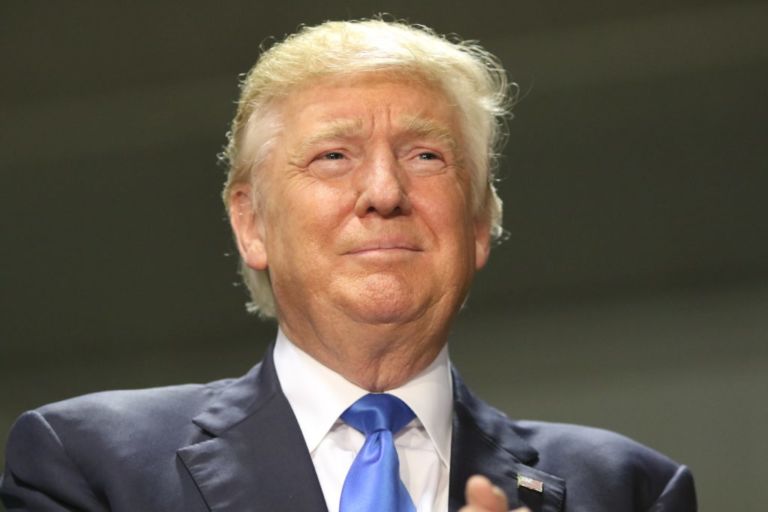Noah Rothman writes for National Review Online about challenges facing the two leading presidential contenders.
Trump will continue to be compelled to spend inordinate amounts of his time in courtrooms as the year progresses, which will play very differently with general electorate than it does among Republican primary voters. To win, Trump will have to do one of two difficult things: Either he must convince voters who cast their ballots against him in 2020 to vote for him (a high psychological hurdle to clear), or he must remake the electorate with low-propensity voters, who are unlikely to be as drawn to his campaign as they were in 2016 now that he is the establishment candidate representing an all-but-unified Republican Party. Barring unforeseeable events that shake up the race, the general election will be a tough slog for him.
That said, if I’m wrong, I’ll be wrong for reasons that are not unknowable even eight months out from the election. Despite his self-set reputation as a lunch-pail-toting nine-to-fiver with familial roots set deep in the carbon-rich soil of Scranton, Penn., Joe Biden has presided over the hemorrhaging of his party’s support among non-college-educated voters. The Democratic Party is increasingly dominated by degree-holders, and its officials seem resigned to that evolution continuing in perpetuity. The party is pinning all its electoral hopes on driving up turnout among this relatively affluent, highly educated slice of the electorate. The big problem with that plan is that there just aren’t enough of those voters.
A Gallup survey from earlier this month illustrates the scale of the Democratic Party’s conundrum. While the party has increased its support among voters with college and post-graduate educations, it is losing voters without those certificates who would otherwise call themselves Democrats. …
… At the turn of the 21st century, Democrats could count on the vestiges of the New Deal coalition to deliver the support of a sizable number of voters without a college education. In 1999, according to Gallup’s historical surveys, working-class Americans identified more as Democrats than as Republicans by 14 points. Today, that has flipped, with the GOP enjoying a 14-point advantage over Democrats among those voters.


